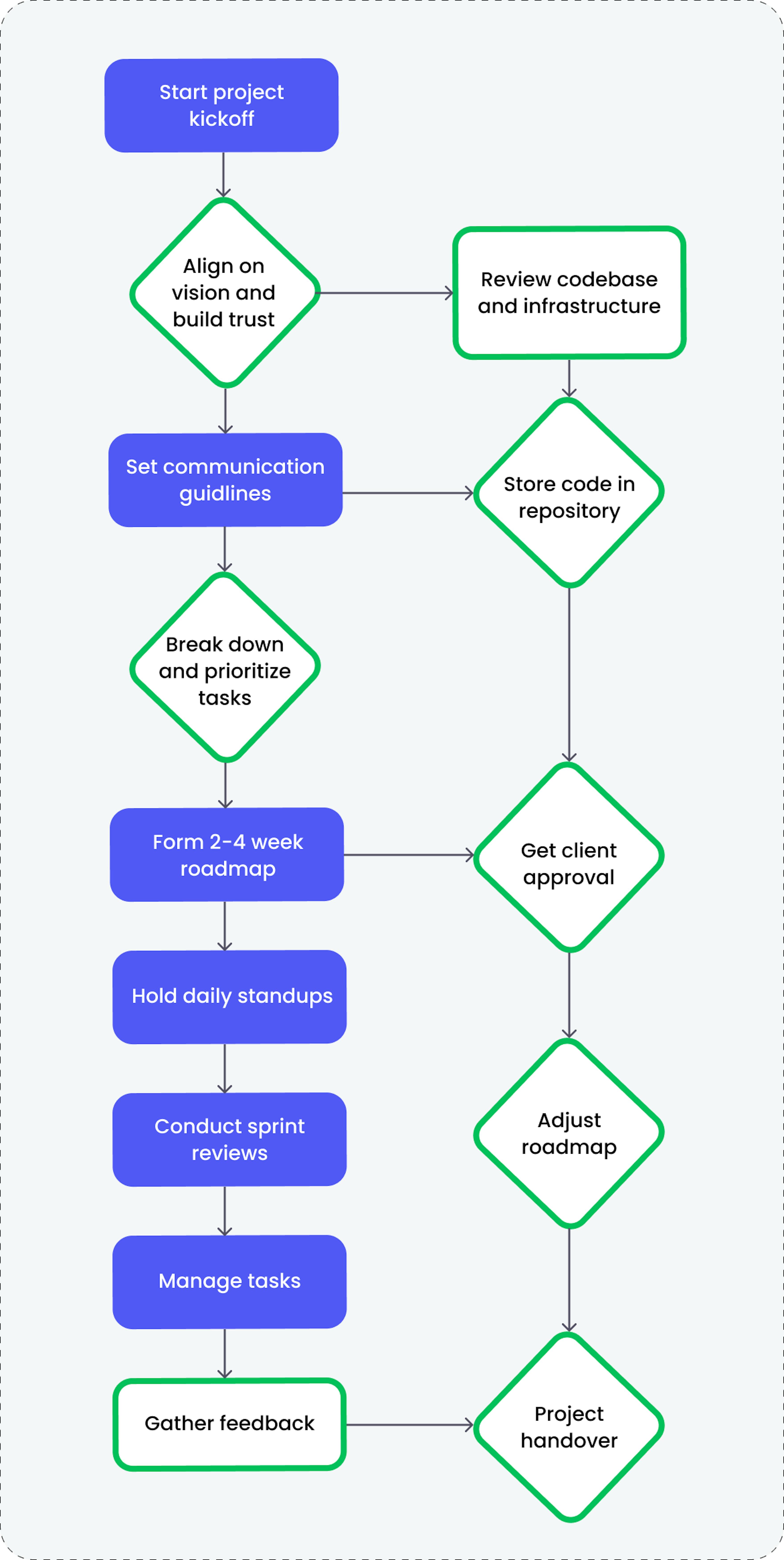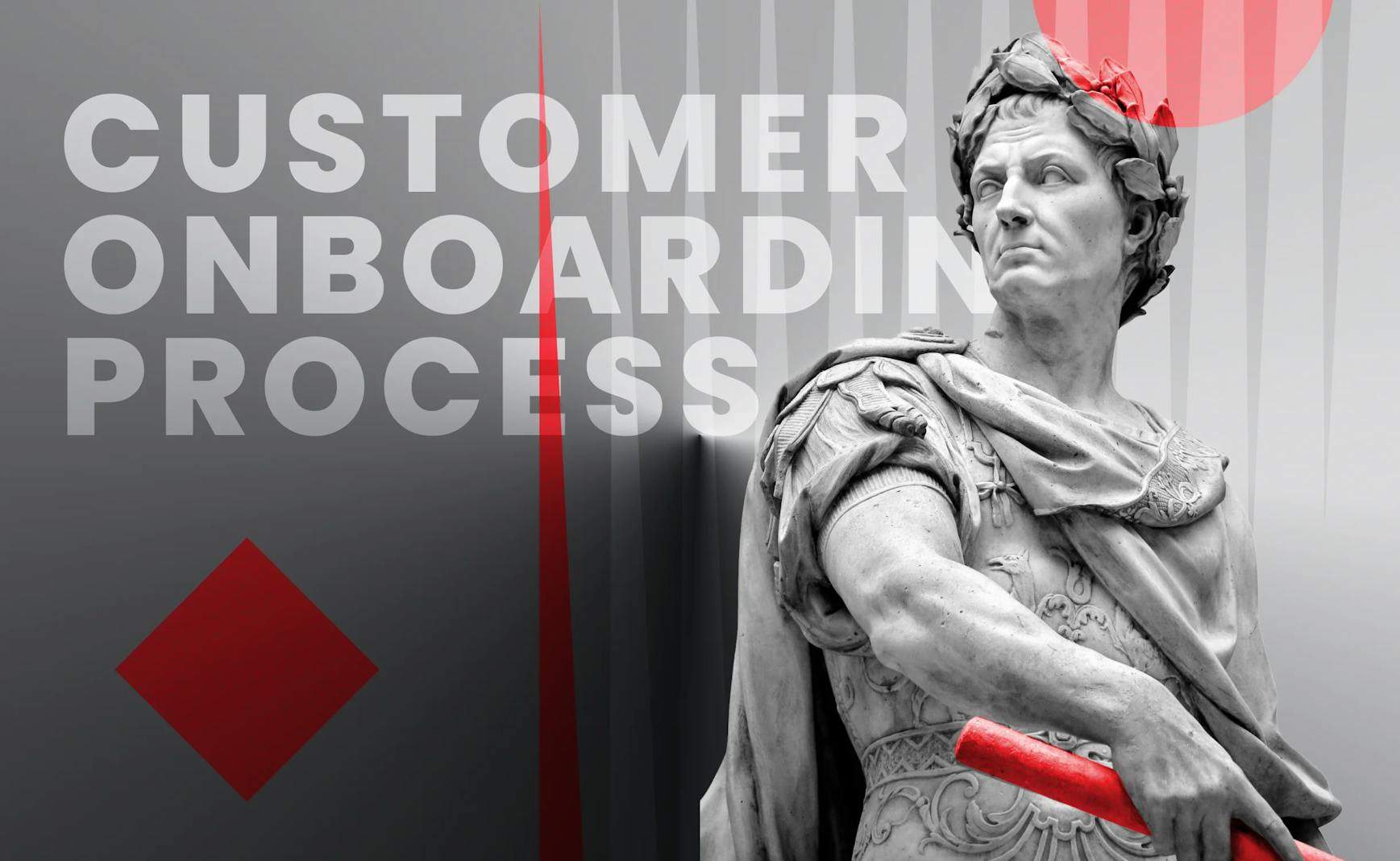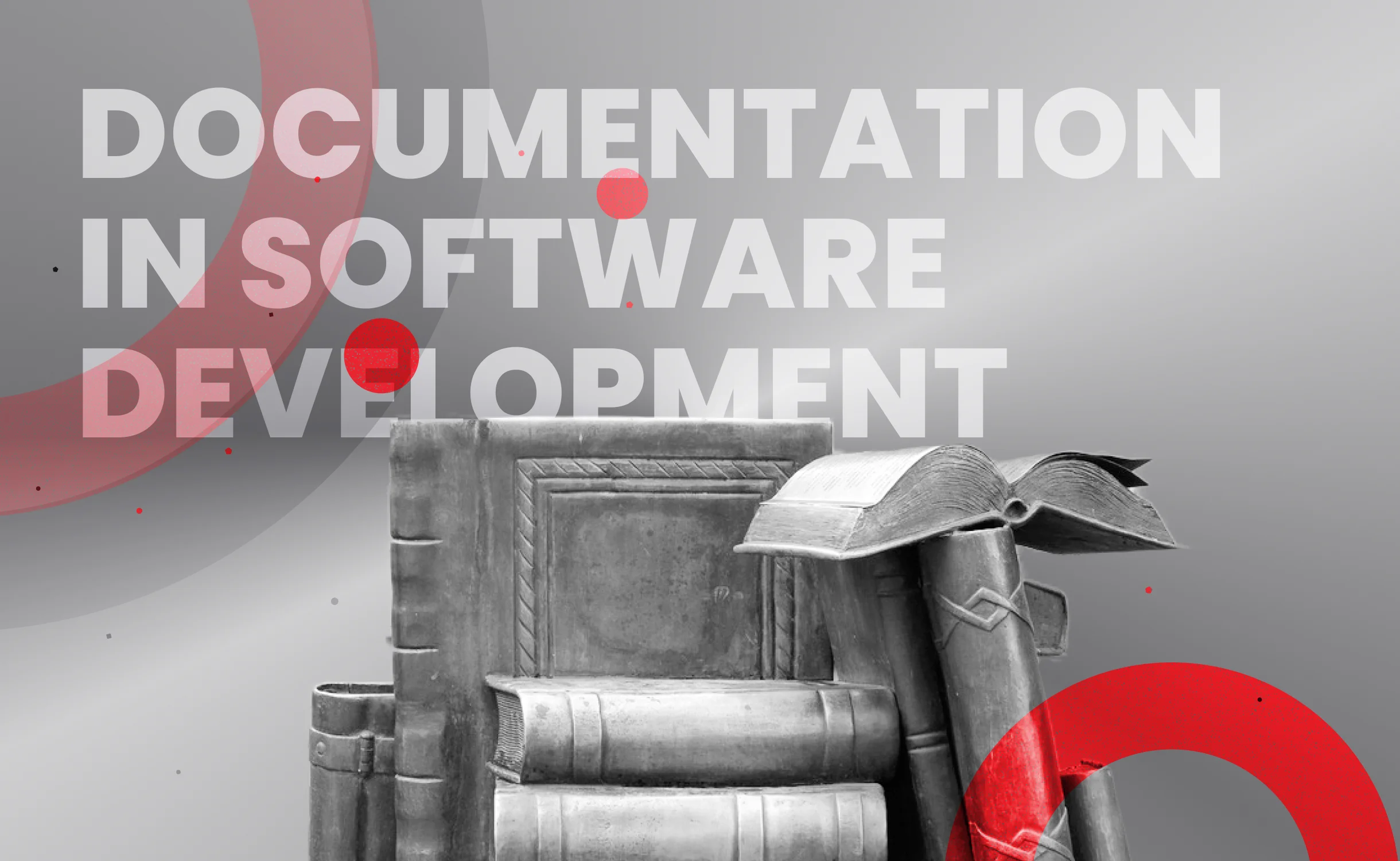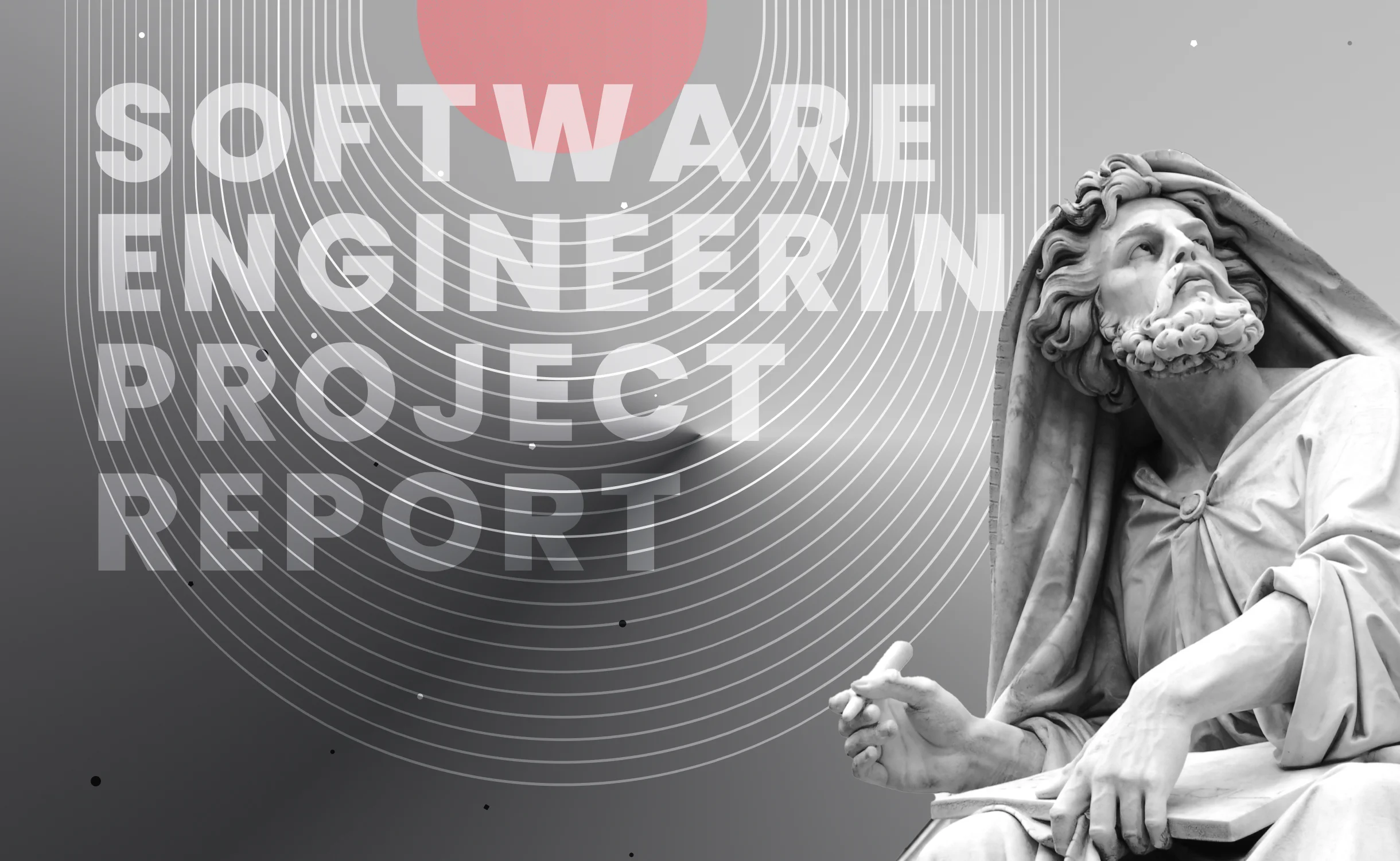An onboarding process is a crucial step across the board. But in software development the onboarding process is, frankly, not limited to the IT team only. Even though many in the industry see a customer as somebody "from outside."
Onboarding of a customer is the most vital moment in any software development project, whether it's a brand-new startup or a complex legacy system. That's why we at Mad Devs play this close to our chest. We have a structured and transparent customer onboarding process to ensure that you know everything about your project progress and how we work. From day one, you'll know what to expect—and we're always open to discussion and adjustments as the project evolves.
Depending on project-specific features, the customer onboarding process template might change. Here, we are going to talk about the "fixed" parts of the process and take you for a ride on our customer onboarding process.
Why is customer onboarding so important?
Because it lays the foundation for long-term success.
A thoughtful onboarding process helps people understand the value of what you're offering. It builds trust, encourages engagement, and demonstrates that they've made the right choice by selecting your company.
Onboarding is more than a welcome message or a quick tutorial. It's a key part of your customer experience and something worth investing in. Here's why it matters:
It makes the experience personal. Good onboarding guides each customer based on what they need, what they want to achieve, and where they are in their journey. No one gets lost or overwhelmed.
It builds confidence. Helping customers take one clear step at a time gives them small wins early on and that momentum makes a big difference.
It gives you insight. The onboarding stage is an ideal opportunity to gain a deeper understanding of your customers. What are their goals? Where do they get stuck? This info can help you improve how you support them and even shape your future product or sales strategy.
Step-by-step customer onboarding process
Before we start working on your project, we need to consider a lot of important details. Those are:
- The team (specialists, their seniority level, their roles, etc.).
- The stack we are going to use.
- Communication channels for the team and you.
- Management processes, and so on.
Once we've aligned on all of these aspects, we're ready to guide you through the onboarding process.
Our onboarding process at Mad Devs is designed to be thorough, transparent, and adaptable, ensuring that clients are always on the same page with the development team. The process follows a structured flow, but we're always flexible to meet specific client needs and project characteristics.

Step 1: Kickoff call and project alignment
At Mad Devs, the onboarding process begins with a kickoff call that involves the project team and the customer. This initial discussion is critical as it helps set a clear project vision and defines the specific problems that the project will address. The first call also offers an opportunity to establish trust, creating a solid foundation for future collaboration.
During the kickoff call, we:
- Align on vision: We clearly define the project's goals, identify the problems it will solve, and establish mutual expectations.
- Build trust: This call helps to create an open and transparent atmosphere, laying the foundation for a strong working relationship.
- Identify risks: We discuss potential challenges that could arise, such as legacy code issues or early-stage bugs, and set realistic expectations for the timeline.
- Set communication guidelines: We establish communication channels and agree on the frequency of check-ins, progress reports, and any necessary updates.
Why is this important?
This call not only helps clarify goals but also fosters a relationship based on transparency and trust. It allows for a frank conversation about the challenges ahead, creating a sense of partnership from the outset.
Step 2: Technical setup and planning
Once the project team is aligned, we move on to assessing the technical setup. This includes reviewing the current codebase (if applicable), evaluating infrastructure, and planning the tools and technologies that will be used. The key elements of this phase are:
- Codebase review: If the project involves existing code, we assess its stability, identify areas that need additional testing, and ensure it's ready for further development.
- Centralized code storage setup: We use platforms like GitHub or GitLab to store the code in a central repository, ensuring both the team and client have easy access. This setup provides transparency and allows for external audits if needed.
- Tech stack selection: We determine the optimal tech stack based on the project requirements, including frontend, backend, database, and third-party tools.
This phase ensures that the foundation for development is solid and accessible to both parties from the start.
Step 3: Project start stage
As we move into the project start phase, we establish a roadmap for the next 2-4 weeks of development. This roadmap breaks down the project into smaller stages, allowing us to more accurately estimate the time required to complete each feature. It also helps identify potential "black boxes"—areas that are unclear or could pose risks down the line.
During this phase, we break the project down into smaller, manageable tasks and prioritize them based on their business value and the problems they aim to solve. This process allows us to ensure that we're focusing on the most important aspects of the project first.
Once the roadmap is established, we share it with the client for approval. This helps align our development efforts with the client's expectations and allows for any adjustments before we begin the work.
Why is this important?
Having a clear roadmap ensures that both the development team and the client are aligned on the project's goals and timelines. It also helps set realistic expectations, which is crucial for long-term success.
Step 4: Ongoing engagement and client support
Throughout the development process, constant communication is key. To ensure alignment and timely delivery, we:
- Daily standups — The team holds daily check-ins to review progress and address any issues that may arise. These standups keep everyone aligned on the tasks at hand and ensure that there are no roadblocks.
- Sprint reviews — At the end of each sprint, we hold a review session where we showcase the work completed and discuss any feedback from the client. This iterative process ensures that the client is always up-to-date on the project's status.
- Task management — We rely on JIRA to manage and track all tasks, with clear visibility into each stage of the process, moving from "To-Do" to "In Progress" to "Done." To enhance this, Mad Devs offers clients access to Enji, our proprietary platform that aggregates data across the project. With the built-in PM Agent solution, clients get a consolidated view of all project activity: task progress, blockers, team availability, and more.
- Client communication — We stay in touch with the client via Slack, email, and Zoom for synchronous and asynchronous updates, ensuring the client can stay engaged without feeling overwhelmed.
This ongoing engagement ensures that the project remains on track and that the client is consistently involved in the process.
Step 5: Continuous improvement
The final step in our onboarding process is an ongoing cycle of feedback and adjustment. After each sprint or milestone, we gather feedback from the client to ensure that the project remains aligned with their needs. This allows us to make any necessary adjustments to the roadmap or development process.
Why is this important?
Continuous improvement ensures that the project remains flexible and responsive to changing client needs. It allows the team to address issues early on and adapt as the project evolves.
When the project nears completion, we conduct a final review and handover session with the client. This step ensures that all goals have been met, and the client is fully satisfied with the results.
Customer onboarding: 10 Mad Devs' best practices
At Mad Devs, we believe that a strong onboarding process sets the tone for successful collaboration. That's why we combine early-stage practices that help kick things off smoothly with long-term methods that keep our clients engaged and informed throughout the project.
6 practices that shape the onboarding phase
These practices help us establish alignment, build trust, and lay the foundation for transparent communication from day one.
1. Divide the project into stages and create a roadmap
Earlier we mentioned that from the beginning, we divide the project into manageable stages and create a flexible roadmap. This helps the client see the full picture and understand what's coming next.
What customer gains with it:
- Complete visibility — Customer can see the overall project's trajectory, understand milestones, and track progress from start to finish.
- Informed prioritization — Early-stage discussions ensure that business-critical tasks are addressed first.
2. Implement Continuous Integration (CI)
We introduce CI early in the project to ensure that changes are automatically tested. This streamlined process means fewer disruptions, more efficient code development, and fewer issues when new features are released. During onboarding, this allows the client to understand how we maintain code quality and respond to changes.
What customer gains with it:
- Early confidence — You see how every update is validated, even before full development begins.
- Predictable delivery — CI helps reduce delays caused by last-minute bug discoveries.
3. Use JIRA to manage tasks and visualize work
We set up JIRA boards tailored to the project — Scrum, Kanban, or mixed. This gives clients immediate visibility into the process and tasks, starting from the onboarding phase.
What customer gains with it:
- Transparency from the start — Customer can track tasks from onboarding onward.
- Alignment on responsibilities — Everyone knows what's happening and who's doing what.
4. Maintain detailed project documentation
Project documentation is essential for transparency. From the first onboarding call, we document decisions, features, and requirements. This shared documentation becomes a single source of truth for both sides.
What customer gains with it:
- Clarity — No information gets lost in chats or calls.
- Easy handover — New people on the customer's side or ours can get up to speed quickly.
5. Set up effective communication channels
During onboarding, we agree on communication tools (Slack, email, Zoom) and their purposes. This prevents chaos and ensures you always know where to find what.
What customer gains with it:
- Clear expectations — It's clear where to ask quick questions (like Slack) and where to receive formal updates or documents (like email or shared drives).
- Seamless collaboration — Communication flows are set from the very start.
6. Set up centralized code storage in GitHub or GitLab
We configure access to the central repository right away, so clients can see what’s happening with the code from day one.
What customer gains with it:
- Transparency in development — Customer can monitor technical progress at any time.
- Auditability — All changes are logged and available for review.
4 practices that reinforce transparency and engagement
After onboarding, we continue working in ways that keep the client in the loop and the collaboration efficient and honest.
1. Implement continuous testing routines
As development progresses, we test every change to prevent regressions and reduce long-term maintenance costs.. Testing might take time, but it's vital for preventing technical debt and ensuring that issues are addressed before they become bigger problems. This process improves product quality and reduces future costs related to bug fixes.
What customer gains with it:
- Consistent product quality — Your product evolves without accumulating hidden issues, ensuring reliability at every stage.
- Reduced maintenance costs — Early issue detection saves time and money later in the development cycle.
2. Work in sprints with built-in feedback loops
We break the development process into manageable, two-week sprints. Each sprint focuses on completing specific tasks and allows for regular reviews and adjustments based on client feedback. This approach keeps the project moving forward while ensuring that any necessary changes are made promptly.
What customer gains with it:
- Predictable delivery rhythm — Customer knows when to expect updates and reviews.
- Flexibility without chaos — Customer can adjust direction quickly based on real business needs, without derailing the project.
3. Provide detailed progress reports
To ensure complete transparency, we provide detailed progress reports that summarize what has been completed, what is in progress, and what is planned next. Customers can track work through daily asynchronous standups, sprint reviews, and monthly summaries, giving them full insight into the development process.
What customer gains with it:
- Clear vision of progress and metrics — Customer will have a comprehensive view of what has been done, what is in progress, and what's planned for the future.
- Informed decision-making — With detailed reporting, customer can make timely decisions and ensure the project stays on track.
4. Document all meetings and decisions
We document all meetings, discussions, and decisions in meeting notes that are available for the client to reference at any time. This creates a clear record of agreements and ensures there's no confusion about expectations or decisions made throughout the project.
What customer gains with it:
- Full transparency — Customer can revisit past discussions anytime for context or confirmation.
- Accountability for all sides — Agreements are documented, reducing misunderstandings and keeping the team focused.
These best practices are designed to create a smooth, transparent, and efficient onboarding process for our clients, ensuring that they feel informed, confident, and empowered throughout the entire project.
Bottom line
At Mad Devs, we view onboarding as much more than just a formality; it's an essential part of our commitment to delivering successful projects. By taking the time to align expectations, create a solid foundation, and ensure ongoing communication, we ensure that clients feel empowered and informed at every stage of the project.
Our customer onboarding process is designed to foster trust, transparency, and collaboration. We believe that a successful project starts with a successful onboarding experience, and we're committed to making sure that every client is set up for long-term success.






















